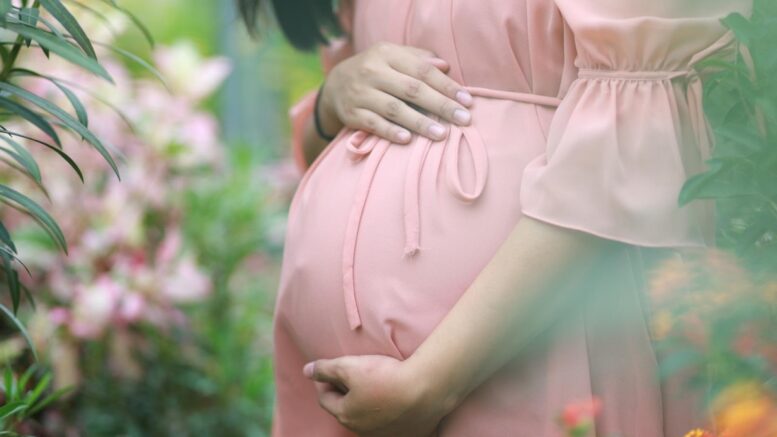Pregnancy and childbirth can do wonderful and strange things to a woman’s body. New mothers can experience postpartum symptoms like constipation, body pain and hormonal changes. They may also get an overactive bladder or postpartum urinary incontinence, which can be uncomfortable and painful. Fortunately, some strategies and treatments can make it more manageable.
What causes postpartum incontinence?
A pregnant woman’s organs adjust as the body prepares for delivery. These changes put pressure on the pelvic floor muscles and the urinary bladder, which weakens during pregnancy. The ligaments, bones, and muscles are also put under a lot of pressure during childbirth. Many people say that the body fully recovers after six to twelve months of giving birth. However, it will continue to experience hormonal changes as the organs of the body return to their original places, and the uterus contracts back to its original size, which can put extra stress on the bladder. This leads to urinary incontinence or an overactive bladder.
What triggers postpartum incontinence?
Postpartum incontinence or stress urinary incontinence (SUI) occurs when the urinary bladder is “stressed” by activities like sneezing, laughing, lifting heavy objects, or exercising. The stress and pressure of child delivery weaken the pelvic area that holds or stops urine from leaking.
What are the risk factors?
Women are most likely to experience postpartum incontinence if they experience long labour, develop bladder issues while pregnant, or already have an overactive bladder before pregnancy. Women who are giving birth for the first time also have a higher risk of experiencing it.
How can you manage postpartum incontinence?
- Kegel exercise helps strengthen the pelvic floor muscles, which can be done during pregnancy and after childbirth. This is done by tightening your pelvic muscles for three to five seconds and then relaxing them for three to five seconds. Repeat this process ten times during the morning, afternoon, and night.
- Invest in comfortable and safe products like postpartum pads, adult pull ups, or incontinence underwear to help manage the uncontrollable urine leaks. It is not advisable to use tampons since they are considered unsafe during postpartum.
- Timed voiding is effective in conditioning the bladder. Set a time interval for your bathroom trips and try to urinate before feeling the urge to. Start by going to the bathroom every 30 minutes, then extend the gap.
- Avoid food that may irritate the bladder, like spicy food, refined sugar, coffee, and caffeine. Instead, load up with healthy snacks, fruits, and vegetables. Switching to a high-fibre diet can help you avoid constipation.
- Although it is tempting to cut off the fluid intake, this is not advisable since it may lead to dehydration. Instead, stick to at least eight glasses of fluids every day but avoid drinking too much near bedtime.
When to consult your doctor?
Urinary incontinence caused by labour and childbirth can naturally heal itself. However, medical attention is needed if the symptoms persist for longer than six weeks after delivery or if it feels too uncomfortable and painful for the patient to manage. In some cases, the pelvic floor muscles do not fully recover. So it is best to discuss this with a healthcare provider to prevent the condition from becoming permanent.
